
Learn how a military member faced sudden anaphylaxis after eating fish. Discover vital 2025 food allergy safety tips for families...


Navigating product labels can be hard. Many foods contain hidden Crustacean sensitivity triggers, and ingredient terms aren’t always obvious. Our AI scans and filters food labels across thousands of products to help you make smarter choices.
We look for common Crustacean sensitivity indicators, even when they’re not clearly labeled. Our AI uses ingredient scanning to catch hidden risks.

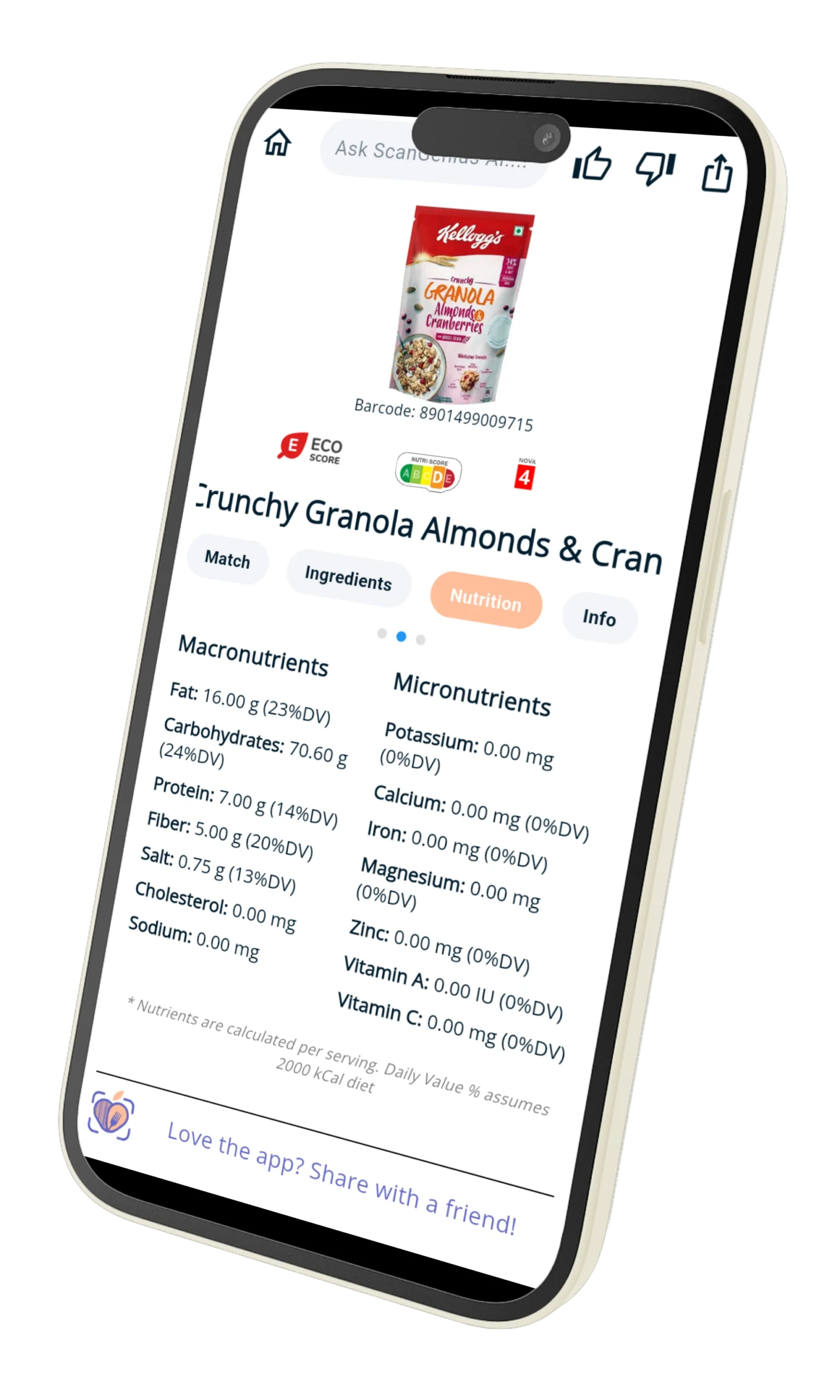
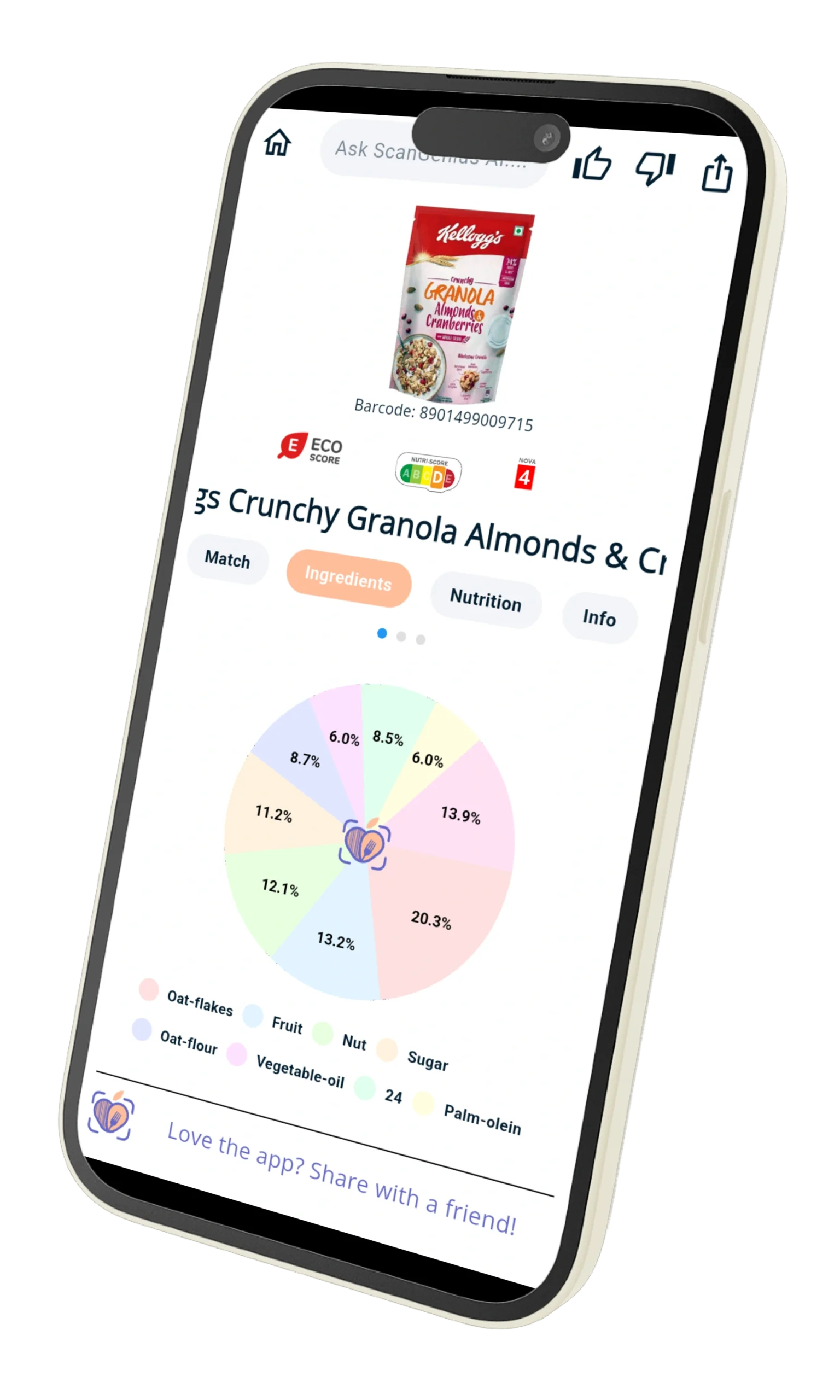

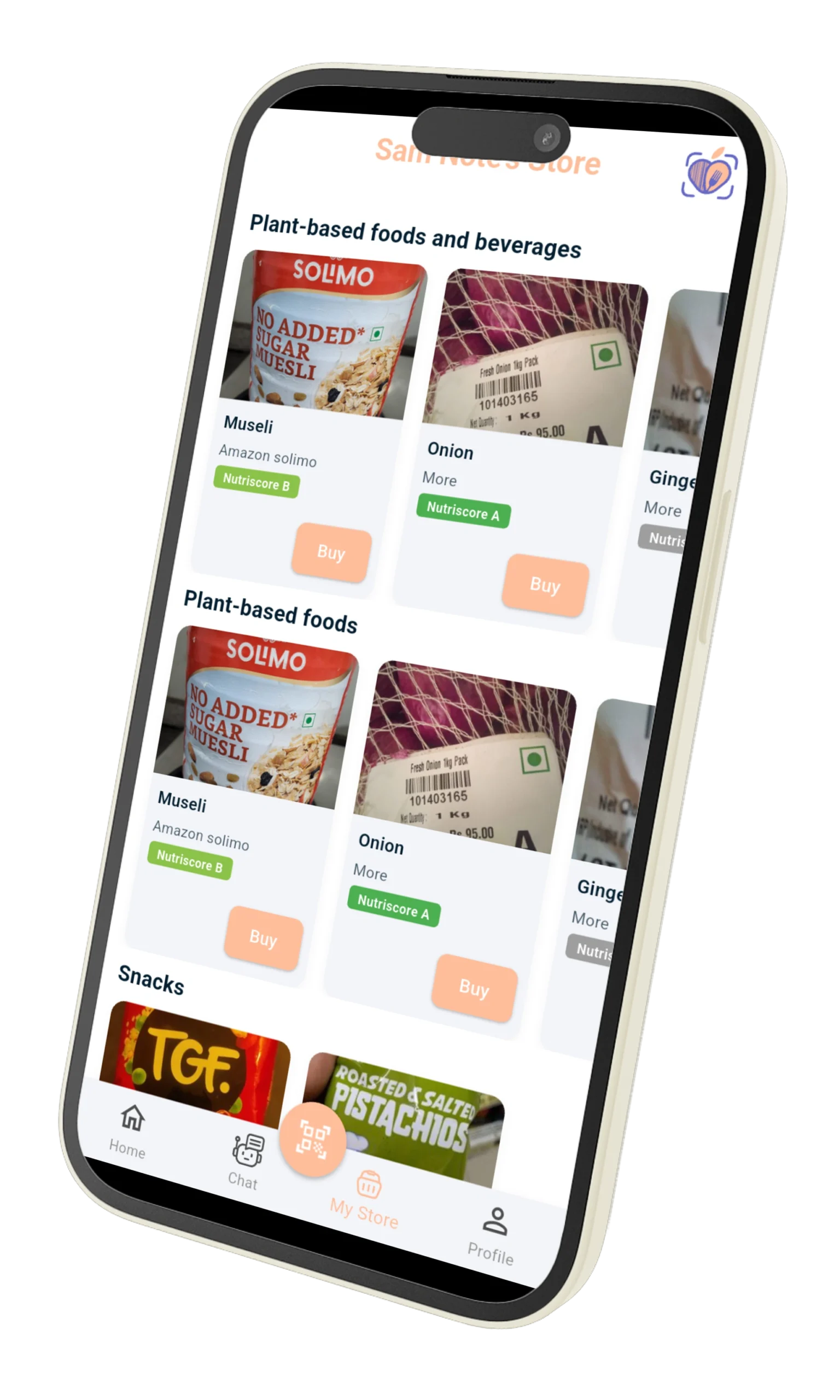



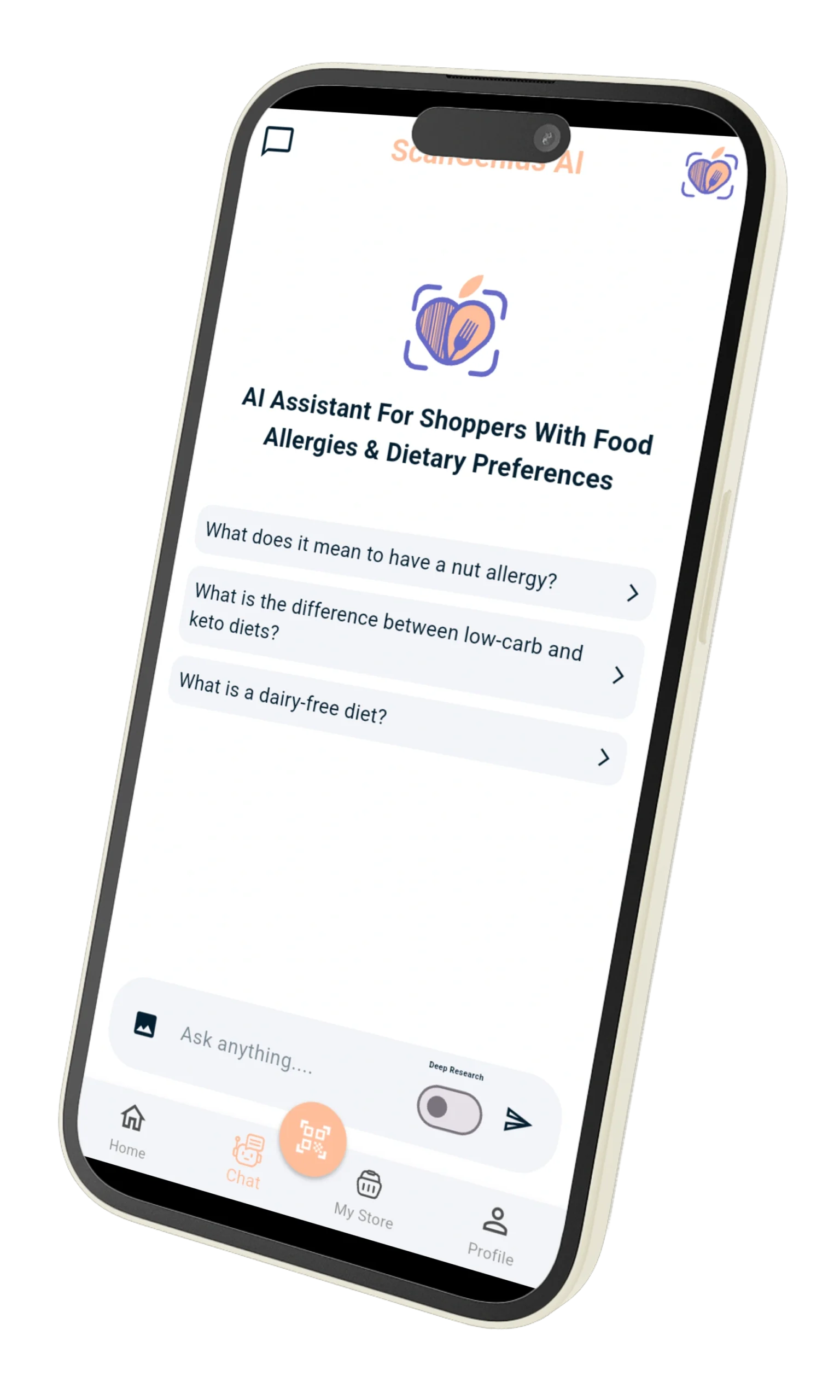
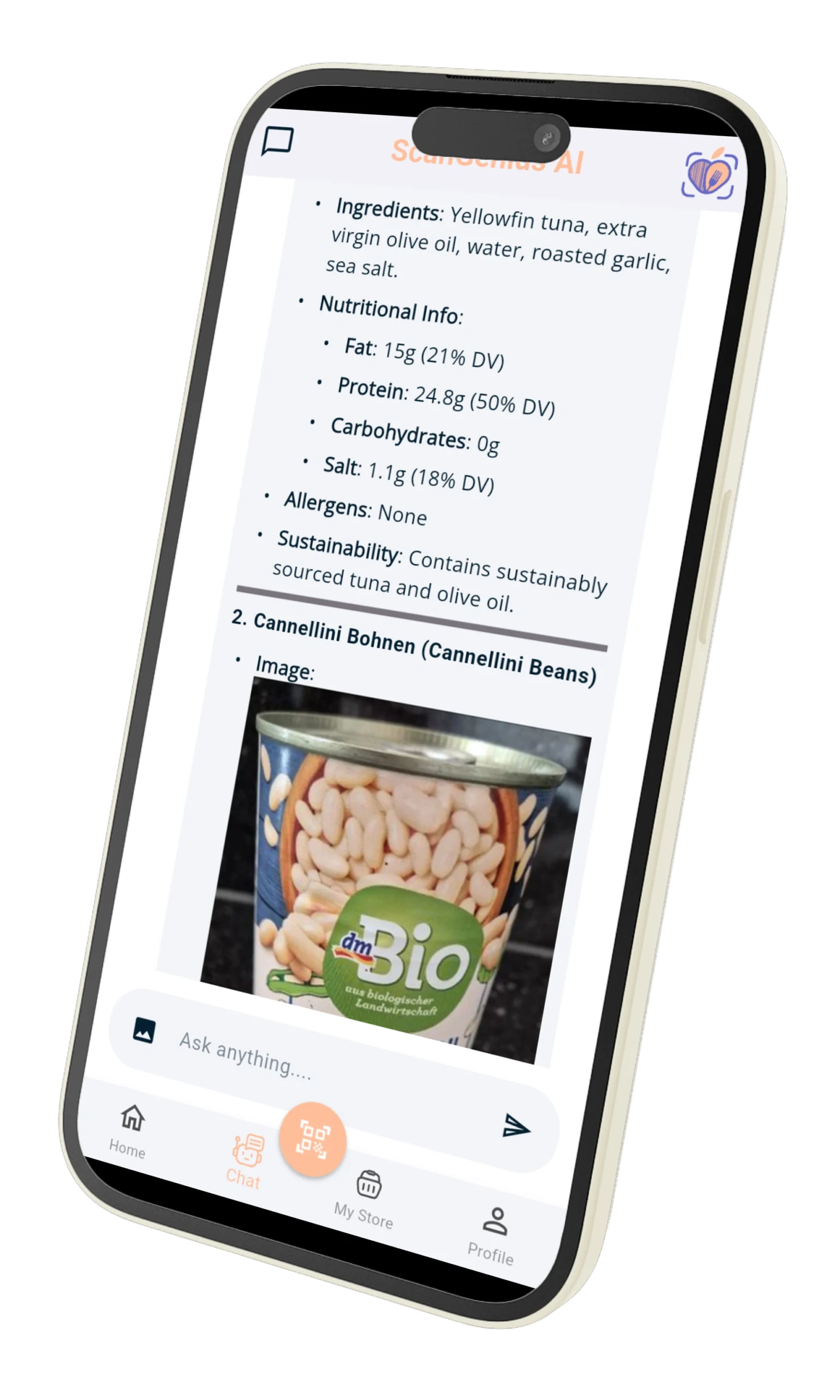
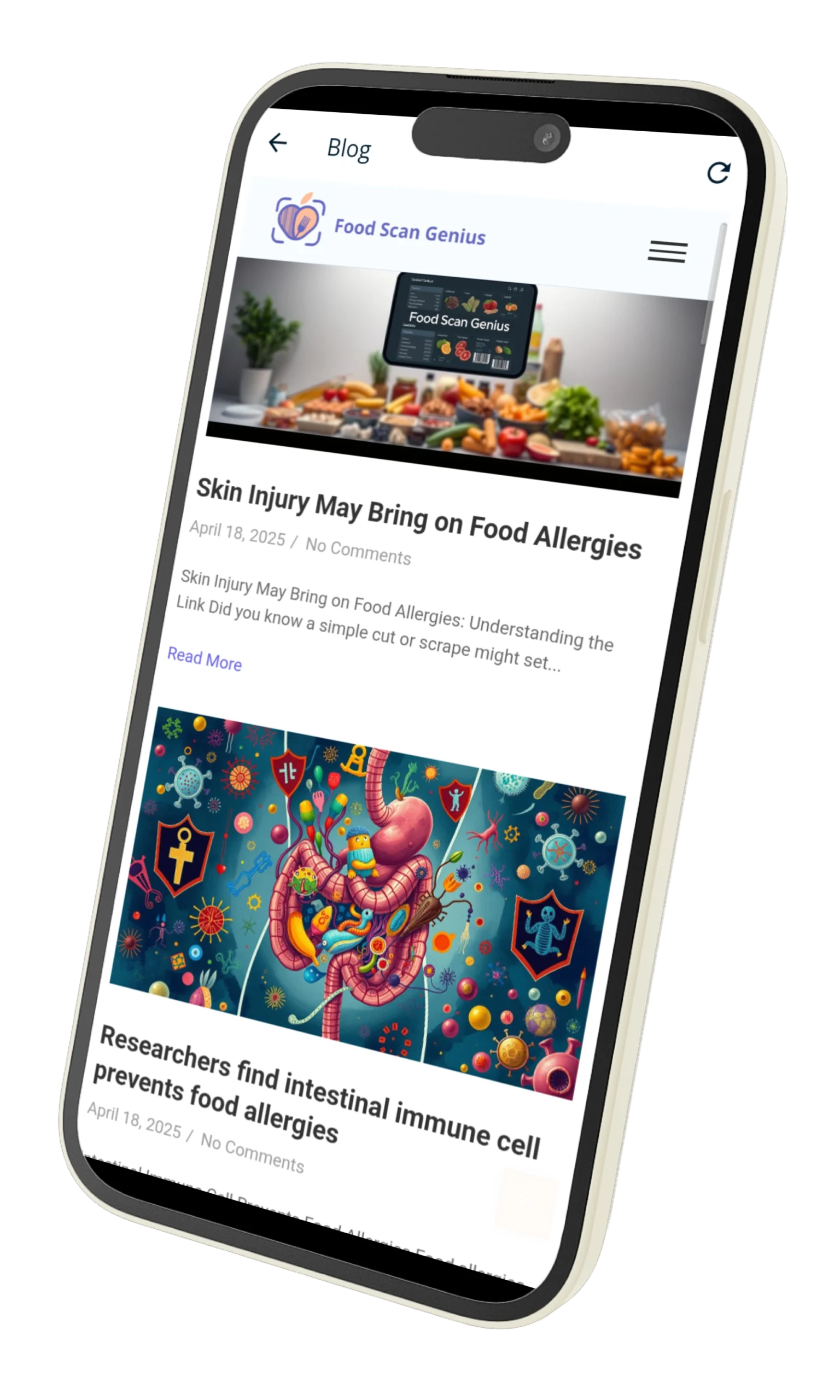
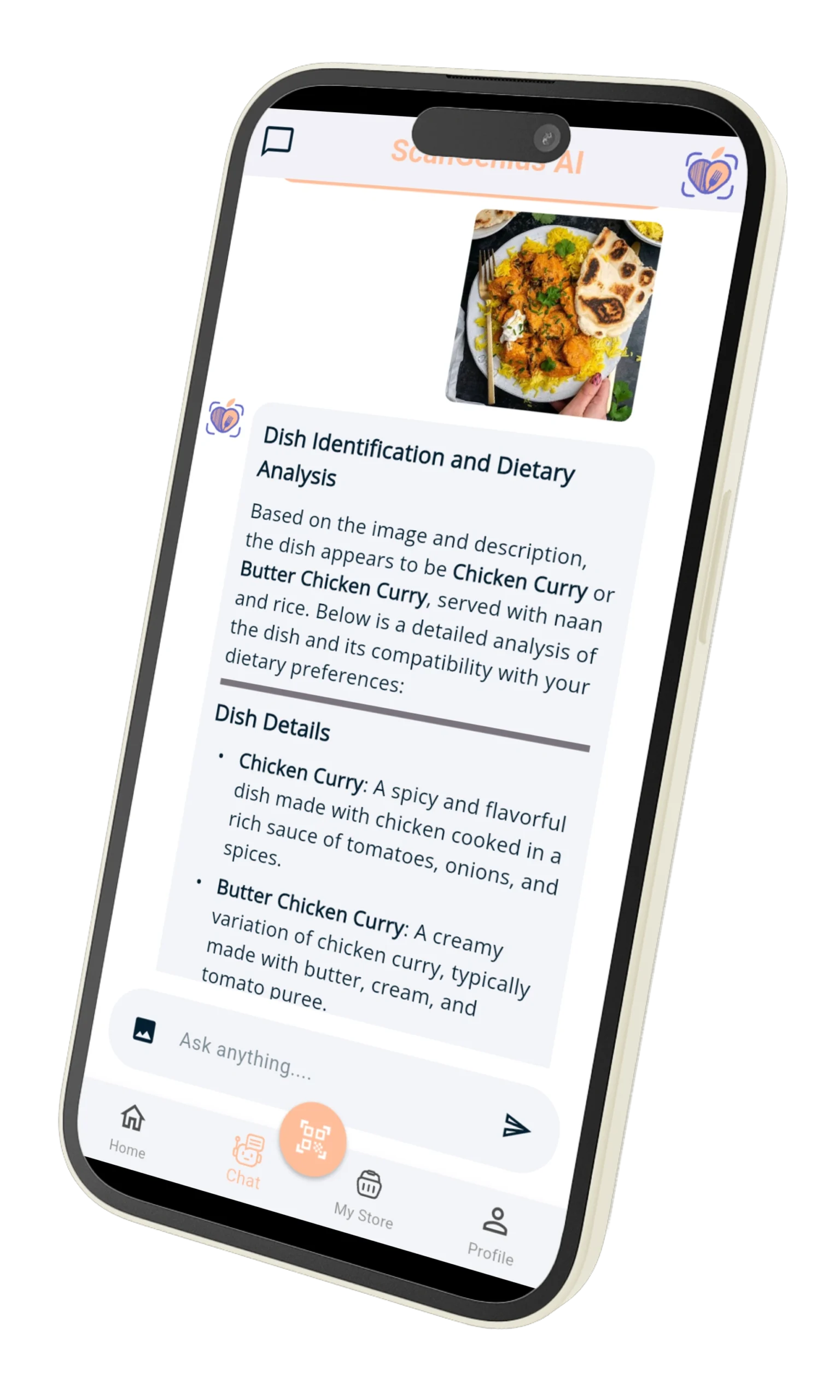

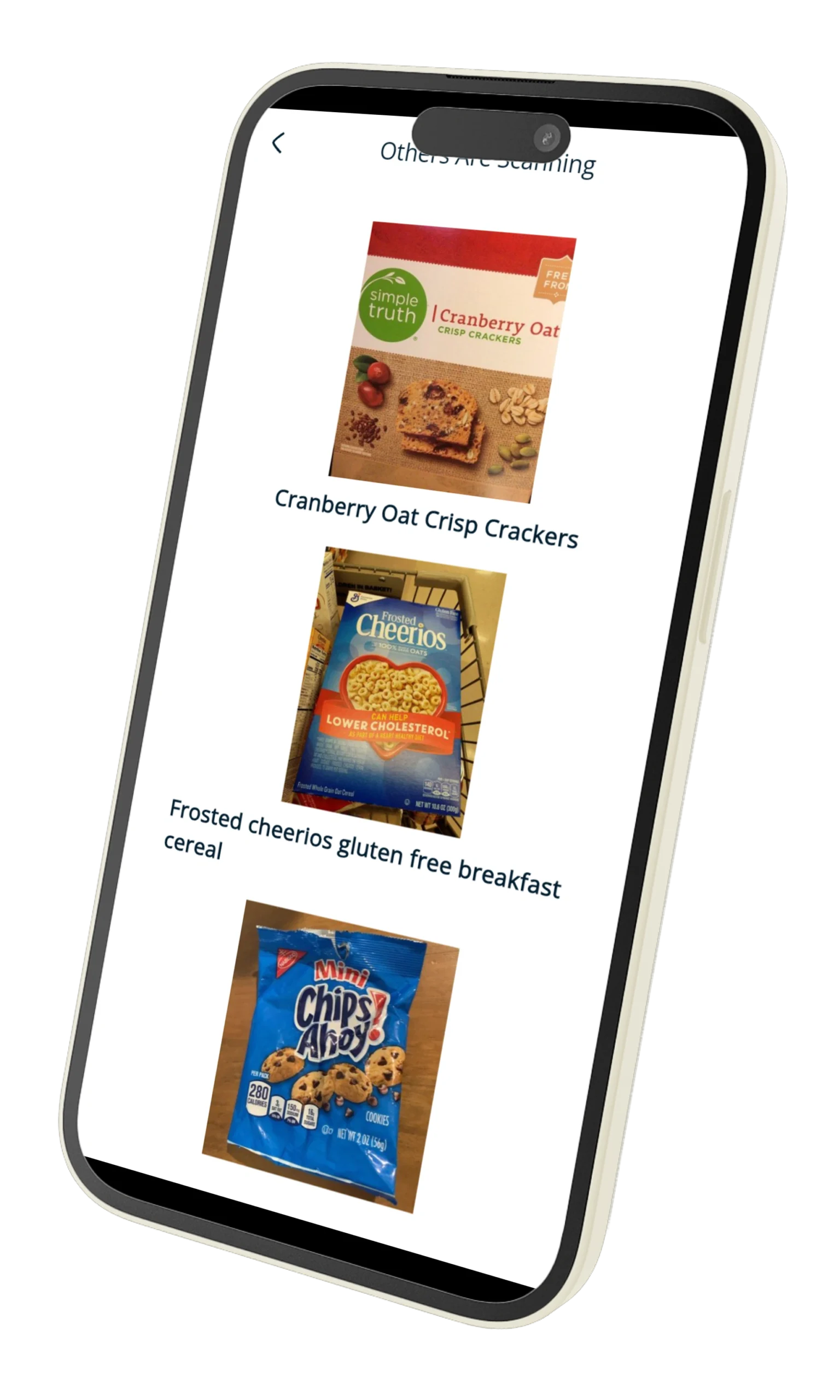
Discover everything you need to know about crustacean sensitivity — from symptoms and risks to safe eating strategies and alternatives. Food Scan Genius helps you scan, understand, and shop smarter for a crustacean-free lifestyle.
Crustaceans — such as shrimp, crab, lobster, prawn, crayfish, and krill — are among the top food allergens worldwide. While some people experience life-threatening allergic reactions, others face mild but disruptive sensitivity symptoms like digestive discomfort, skin irritation, or respiratory issues. At Food Scan Genius, we help individuals navigate crustacean sensitivity with AI-driven product scans, personalized recommendations, and education.
Crustaceans belong to a group of shellfish with hard exoskeletons. Common crustaceans consumed in diets include:
These seafood items are rich in protein, omega-3 fatty acids, and minerals. However, their proteins — particularly tropomyosin — are the major triggers of allergic and sensitivity reactions.
Crustacean sensitivity occurs when the immune system mistakenly identifies crustacean proteins as harmful. Unlike full-blown allergies that can cause anaphylaxis, sensitivity may lead to less severe but still uncomfortable symptoms. The key causes include:
Symptoms vary widely and can appear within minutes to hours after consuming crustaceans or foods containing them:
If you ever experience severe reactions such as difficulty breathing, throat swelling, or dizziness, seek emergency medical help — these could be signs of a serious crustacean allergy.
Many people confuse crustaceans with mollusks (like clams, mussels, oysters, squid, and octopus). While both are seafood categories, their allergens differ. A person sensitive to shrimp may not react to oysters, and vice versa. However, cross-reactivity can occur, so always proceed with caution.
Doctors use a combination of methods to identify sensitivities:
Unlike allergies, sensitivities are harder to test for — making food journaling and digital tools like Food Scan Genius valuable for pattern recognition.
Crustacean proteins may appear in foods you wouldn’t expect. Hidden sources include:
Reading labels carefully is critical — but since labeling laws vary by country, scanning with Food Scan Genius adds a layer of safety.
Living with crustacean sensitivity means proactive management. Strategies include:
You don’t have to miss out on delicious meals. Try these alternatives:
Eliminating crustaceans means missing out on certain nutrients. To stay balanced:
Crustacean allergy is one of the most common food allergies in Asia, especially in coastal regions where seafood consumption is high. In Western countries, it is also a leading adult-onset allergy. Sensitivity prevalence is harder to track, but growing awareness has made crustaceans a key focus in global food safety labeling laws.
At Food Scan Genius, our AI-powered scanner helps you identify crustacean ingredients in products instantly. Whether it’s shrimp paste in a noodle packet or krill oil in supplements, we detect it before it reaches your plate. Our database evolves continuously, making food safety and dietary freedom easier than ever.
No. Crustacean sensitivity can cause mild to moderate discomfort, while shellfish allergy can cause severe, potentially life-threatening reactions. Both require avoidance strategies, but allergies need stricter medical oversight.
Some children outgrow food sensitivities, but crustacean-related issues often persist into adulthood.
Not always. Cross-reactivity can happen. It’s best to test under medical supervision before trying mollusks.
Even trace amounts of crustacean protein can trigger reactions in sensitive individuals. Always ask about cooking methods and food handling practices.
Crustacean sensitivity can be challenging, but with the right awareness, alternatives, and AI support from Food Scan Genius, you can enjoy safe, delicious meals without worry. Stay informed, choose wisely, and let technology make your food journey easier.

Learn how a military member faced sudden anaphylaxis after eating fish. Discover vital 2025 food allergy safety tips for families...

Discover how to spot hidden allergens in your food with 2025’s latest food safety tips. Stay safe, confident, and allergy-aware...

Scan your food for allergens with smart tech! Stay safe and confident with 2025’s top food safety trends and allergy-aware...
Selecting product based on their product labels can be hard. Many foods contain hidden celery sensitivity triggers, and ingredient terms aren’t always obvious. Our AI scans and filters food labels across thousands of products to help you make smarter choices.


"Food Scan Genius has truly transformed my grocery trips. With dietary restrictions, finding suitable foods used to be a hassle, but now I feel confident and informed with each scan. It's such a relief to know exactly what I'm buying. Highly recommend for anyone with food sensitivities!"

"Food Scan Genius has revolutionized the way I navigate the grocery store. With just a simple scan, I can determine if a product fits my dietary needs. The app's personalized profiles have made it easy to manage my family's different dietary restrictions. Thank you, Food Scan Genius!"

"Food Scan Genius has been a game-changer for me. As someone with multiple food allergies, it was always a struggle to find safe options. This app has made grocery shopping and dining out so much easier and stress-free. I can't imagine life without it!"
"You know, dealing with food allergies and dietary restrictions is no walk in the park. Trying to figure out what's safe to eat can be such a hassle, especially when ingredient lists and labels seem like they're written in another language. I just want to make sure I'm not risking my health with every bite. That's why I’m so glad I found Food Scan Genius. It makes everything so much easier by scanning and analyzing labels for me. Now, I can shop with confidence knowing I'm making safe and informed choices."
FoodScanGenius is a powerful and user-friendly app that allows you to scan barcodes and obtain detailed information about food ingredients. It helps you make informed choices by providing comprehensive data about allergens, dietary restrictions, and nutritional content.
Food Scan Genius is available for both iOS and Android devices. You can download the app for free from the App Store or Google Play Store. Download Food Scan Genius today and experience the freedom of effortless and safe food selection. Take control of your diet and embrace a healthier, allergen-conscious lifestyle with Food Scan Genius.
While the app offers a range of free features, including the barcode scanner and allergen database, there is also a premium version available that unlocks additional features, such as unlimited scans, personalized recommendations, and exclusive discounts.
We take data security and privacy seriously. FoodScanGenius follows industry best practices to safeguard your personal information. For more details, please refer to our privacy policy.
If you have any additional questions, feedback, or need assistance, please don't hesitate to reach out to our support team at 'help@scangeni.us'. We're here to help!

This page is part of Food Scan Genius dietary preference directory, helping shoppers with food sensitivities find safe food products. Our AI technology screens ingredient lists for hidden triggers, allergens, and compliance with dietary choices.
Food Scan Genius is an offering from ScanGeni Ventures Pvt Ltd, an ‘AI first’ company driving value for the next generation of consumers. Get in touch with us to learn more:
© 2025 All rights reserved by ScanGeni Ventures Private Limited